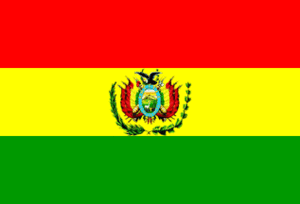Sergeant major is a senior non-commissioned rank or appointment in many militaries around the world.
Counter admiral is a rank found in many navies of the world, but no longer used in English-speaking countries, where the equivalent rank is rear admiral. The term derives from the French contre-amiral. Depending on the country, it is either a one-star or two-star rank.
Army general is the highest ranked general officer in many countries that use the French Revolutionary System. Army general is normally the highest rank used in peacetime.
Second sergeant is typically a non-commissioned officer rank, used in many countries.
Ship-of-the-line lieutenant is a naval officer rank, used in a number of countries. The name derives from the name of the largest class of warship, the ship of the line, as opposed to smaller types of warship.
Frigate captain is a naval rank in the naval forces of several countries. Corvette captain lies one level below frigate captain.
Frigate lieutenant is a naval rank in the naval forces of several countries.
A new law approved in July 2008 changed the military ranks of Venezuela, principally with regard to names, functions and commanding regulation of the armed forces. The law was sanctioned by Venezuela's National Assembly.
First sergeant is typically a senior non-commissioned officer rank, used in many countries.
The military ranks of the Colombian armed forces consist of the list and ordering of the different military ranks, for the Officers, Non-commissioned officers (NCOs) and soldiers, seamen and airmen of the Military Forces of Colombia. The ranks are visually represented by insignias placed on the uniforms, usually at the shoulders, sleeves and shirt collars.
Rank comparison chart of air forces of North and South American states.
Rank comparison chart of navies of North and South American states.
Rank comparison chart of armies/ land forces of North and South American states.
Rank comparison chart of Non-commissioned officer and enlisted ranks for air forces of North and South American states.
Rank comparison chart of officers for armies/land forces of Hispanophone states.
Rank comparison chart of Non-commissioned officer and enlisted ranks for navies of Hispanophone states.
Rank comparison chart of Non-commissioned officer and enlisted ranks for air forces of Hispanophone states.
Rank comparison chart of officers for air forces of Hispanophone states.
Sailor first class is a rank used in the navies of many countries.





























































































































